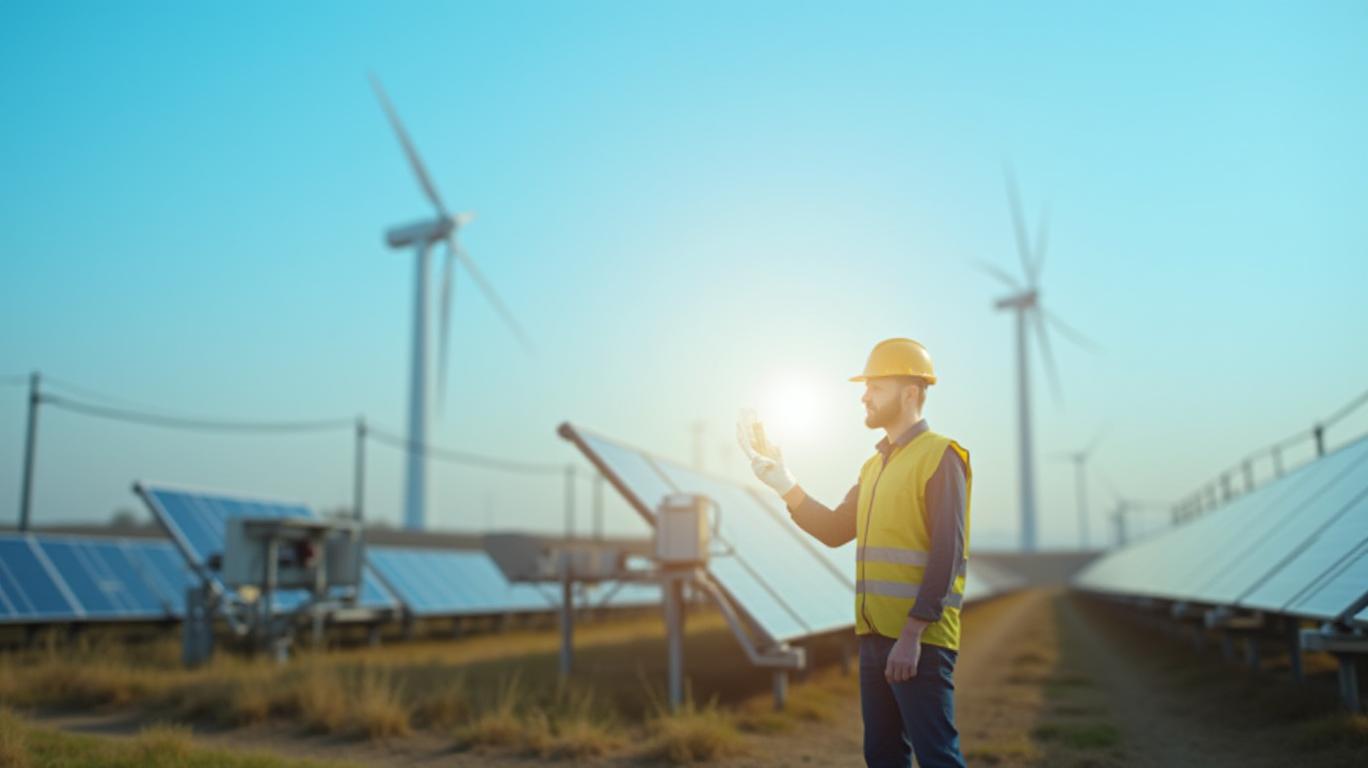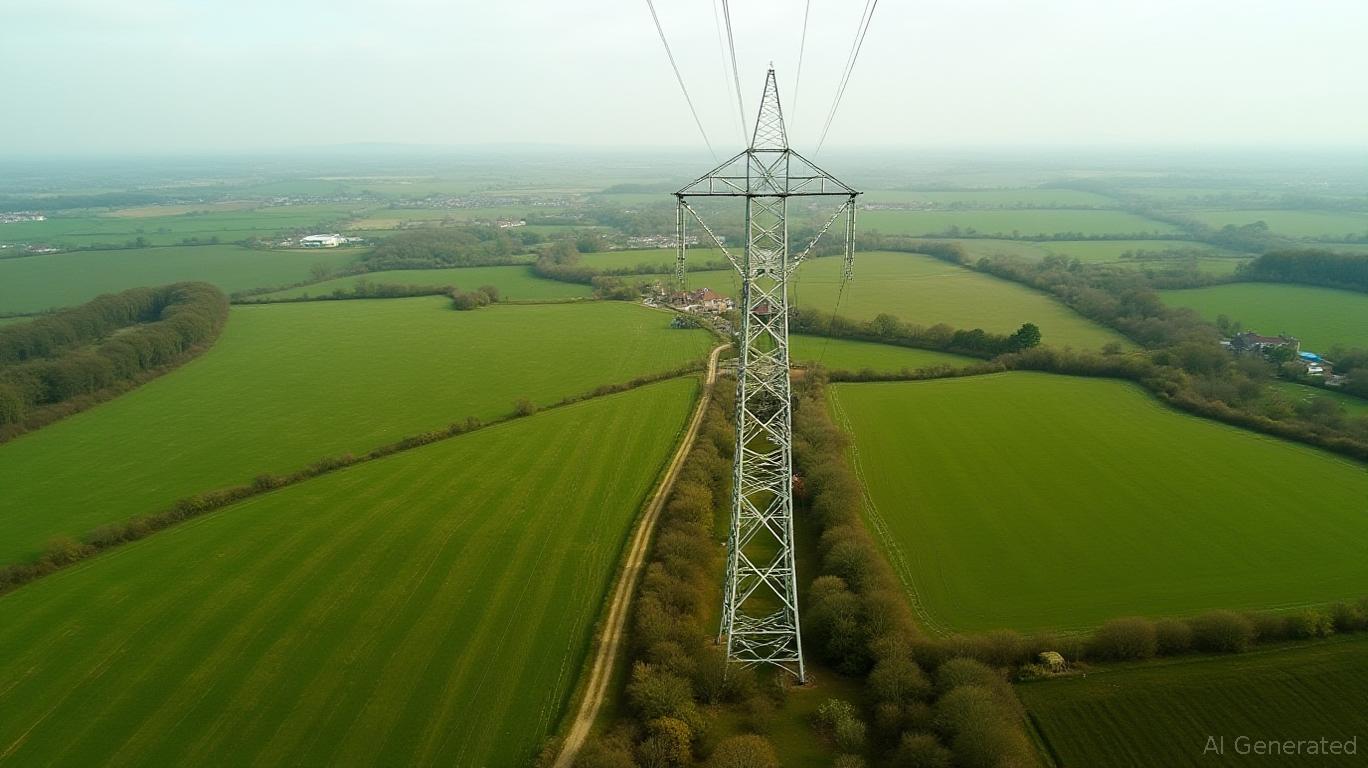National Grid’s Strategic Moves Signal a Shift in Energy Resilience

Lead
As global leaders gathered in London for the UK-International Energy Agency Summit on April 24–25, National Grid emerged as a linchpin of the energy transition. The company’s dual focus—infrastructure modernization and financial discipline—has positioned it at the forefront of addressing 21st-century energy challenges. Recent moves, from bond repurchases to grid reinforcement projects, underscore a strategic pivot toward resilience and sustainability.
Infrastructure Investments: The North Wessex Downs VIP Project
National Grid’s North Wessex Downs VIP project, currently in a critical construction phase, exemplifies its commitment to grid reliability. Temporary closures of public rights of way and roadworks along the A361 near Devizes (effective April 2025) highlight the project’s urgency. This initiative aims to strengthen energy infrastructure in a region facing growing demand, while aligning with the UK’s target of 100% renewable electricity by 2030.
The project’s scale is matched by its ambition. National Grid’s North London Reinforcement Project (NLR), part of its broader Great Grid Upgrade (TGGU), has already connected nearly 3GW of energy projects to its network since 2024—including the UK’s largest transmission-connected battery. These upgrades are vital for integrating renewables like solar and offshore wind, which now supply over half the UK’s electricity.
Key Data:
- National Grid’s 2024-2025 projects include £60 billion in planned investments over five years to modernize energy networks.
- The North Wessex Downs VIP project is expected to create 150 construction jobs and improve grid stability for 1.2 million households.
Financial Prudence: Bond Repurchases and Regulatory Strategy
On April 11, National Grid executed a £50 million repurchase of its 1.608% instruments due August 2040, marking a strategic move to deleverage and optimize its capital structure. This action, announced on April 9, reflects the company’s focus on maintaining financial flexibility amid rising regulatory scrutiny.
The repurchase aligns with National Grid’s broader goal of reducing net debt while funding infrastructure upgrades. Deputy Treasurer Kwok Liu emphasized the move’s alignment with “medium-term financial targets,” including a 6%-8% compound annual growth rate for underlying EPS through 2029.
Key Insight:
- National Grid’s stock rose 0.9% on April 10, signaling investor confidence in its financial discipline.
- The repurchase reduces reliance on high-cost debt, freeing capital for projects like the North Wessex Downs VIP and offshore wind initiatives.
Summit Implications: Energy Security and Geopolitical Risks
At the UK-IEA Summit, National Grid’s participation highlighted its role in addressing energy security concerns. Discussions centered on decarbonization, critical mineral supply chains, and the weaponization of energy (e.g., Russia’s gas tactics). National Grid’s innovations—such as replacing fossil fuel-based grid services with battery storage and solar—were cited as critical to achieving energy resilience.
Key Quote:
> “The grid of tomorrow must be zero-carbon, yet capable of withstanding extreme weather and demand spikes. National Grid’s investments are building that grid today.”
> — Ed Miliband, UK Energy Secretary
The summit also contrasted the UK’s renewable ambitions with U.S. fossil fuel priorities, underscoring National Grid’s position as a global leader in clean energy infrastructure.
Conclusion: A Strategic Play for Long-Term Gains
National Grid’s recent actions—infrastructure investments, financial discipline, and geopolitical alignment—paint a compelling investment picture. With £60 billion earmarked for grid upgrades and a 6%-8% EPS growth target, the company is well-positioned to capitalize on the energy transition. Investors should note:
- Infrastructure Momentum: Projects like the North Wessex Downs VIP and NLR directly address grid bottlenecks, reducing outages and enabling renewable integration.
- Financial Health: The April bond repurchase lowers interest costs, enhancing cash flow for future projects.
- Policy Tailwinds: UK and EU mandates for net-zero by 2030 ensure sustained demand for grid modernization.
Final Takeaway:
National Grid’s blend of strategic investments and financial prudence makes it a rare “buy” in an energy sector fraught with geopolitical and regulatory risks. For investors seeking exposure to the energy transition, National Grid offers both stability and growth—a rare combination in today’s markets.
Data Note: Monitor NGRD’s Q1 2025 earnings (May 15) for updates on grid projects and debt metrics.










